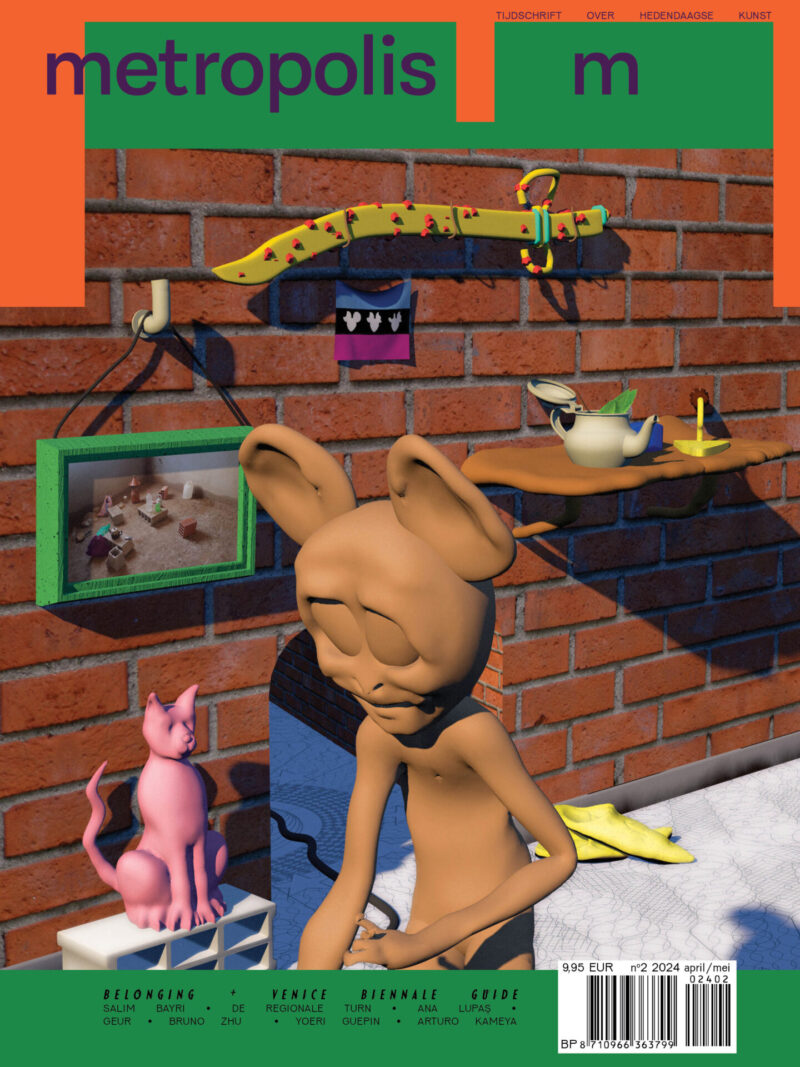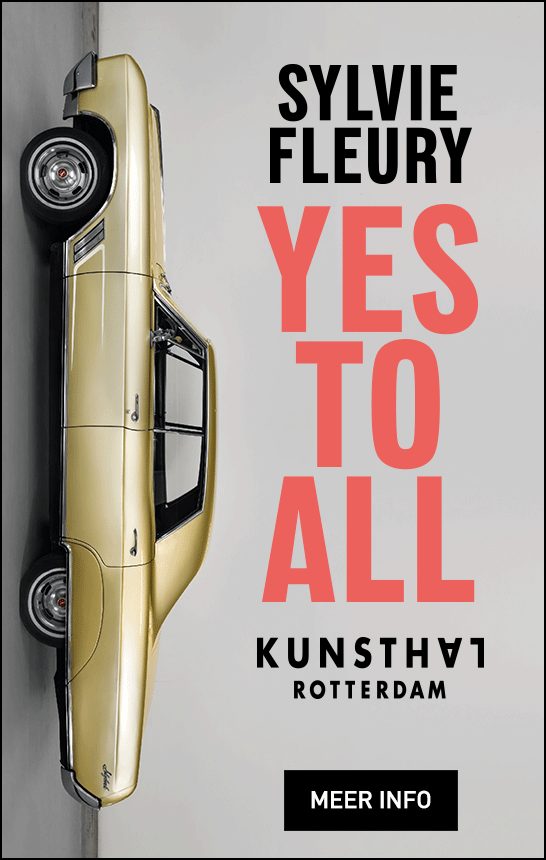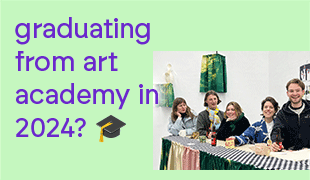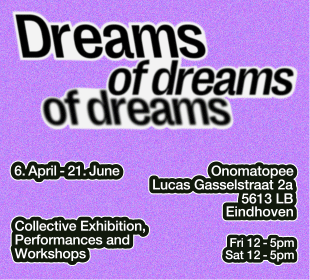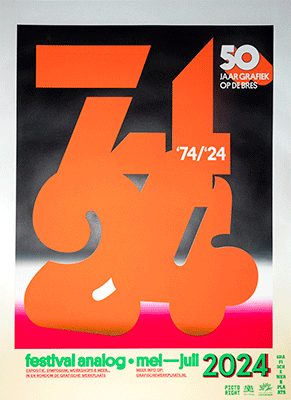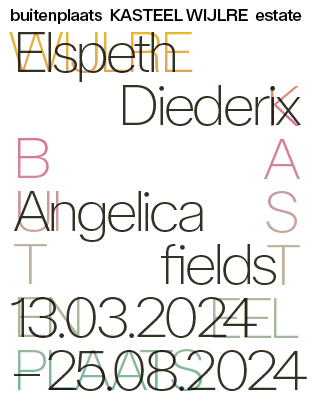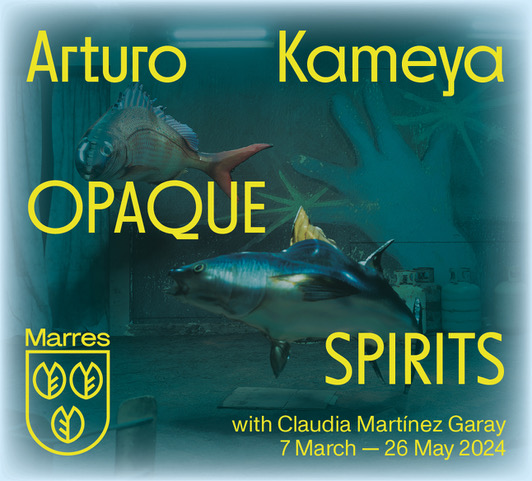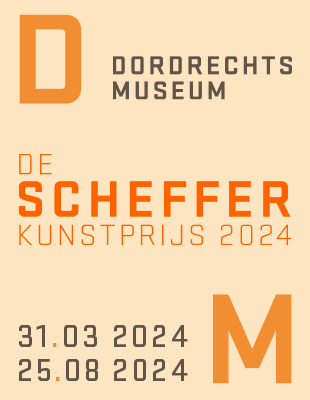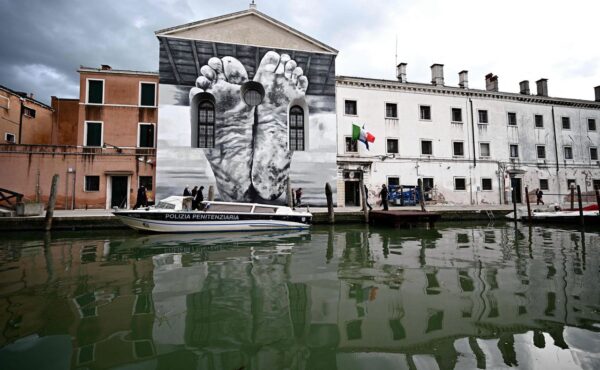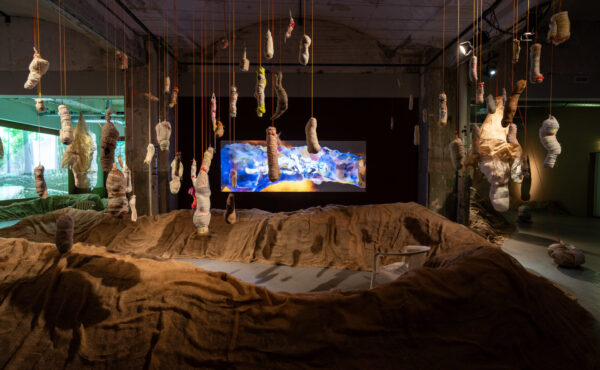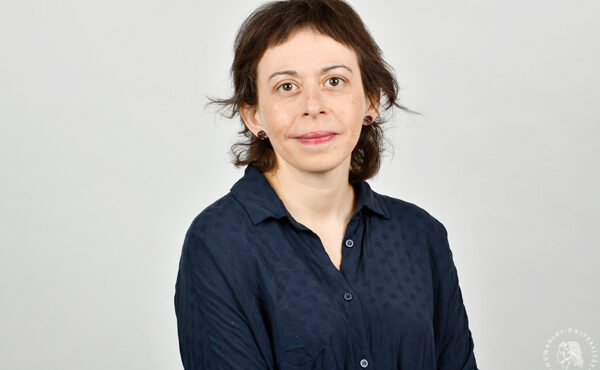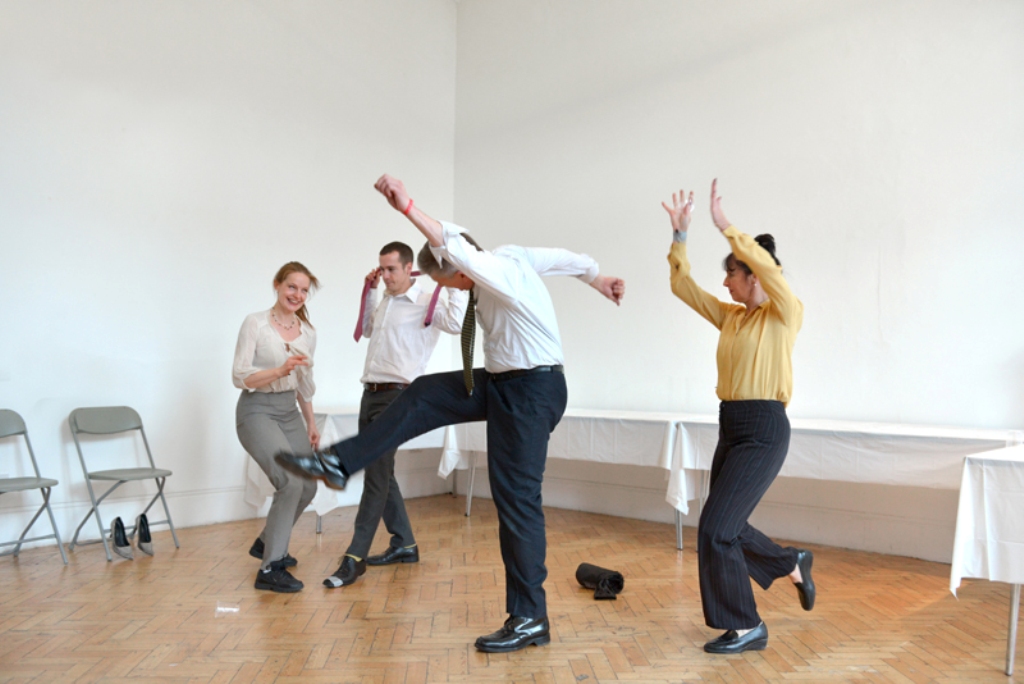
Passive Aggressive 2 Lucy Beech and Edward Thomasson
If you could translate performance into sound, what would it sound like? In Lucy Beech and Edward Thomasson’s live works, movements are tools to create sound. The artists’ interest in the translation of sound into movement takes the form of actions, movements and choreographed patterns that reveal a complex production of sound that is created by live performers. A single work may consist of several iterations that build upon each other to clearly demonstrate how the work is constructed. Their often humorous performances can be seen as a visual grammar of sound. Passive Aggressive 2, a new work recently presented at The Artist’s Studio of Camden Art Centre, London, is no exception.

The gallery is transformed into a corporate hire space with a few tables lined up along the back wall covered with white tablecloths, a bouquet of flowers, a pile of discarded plastic cups and a small PA system. This neutral but comfortable room is the stage for what looks like a team building exercise or a group workshop. Four office workers, two women and two men, strap small wireless microphones onto different parts of their body such as their ankles, hands or mouths.
Scene 1: As the performance begins, each scene is introduced by a member of the group saying ‘Okay’. The four performers consecutively present a sequence of movements with an insistent smile. The group first performs for itself and then again for the audience, making direct eye contact.
Scene 2: It starts again; the short solos are repeated but this time simultaneously. The four individual sets of movements imbricate perfectly, creating a choreographed group-action. The sound produced by the performers with their voice or with the use of props is now audibly amplified through the microphones. Small actions and sounds become more apparent; a tie is adjusted a few times, two performers high-five, a cup is crushed and so on.

Scene 3: The three tables are moved to the foreground by the performers and laid on their side to create a partition between performers and the audience. Scene 2 is repeated behind the temporary screens. The focus is now on the audio created by the movement — rather than on the movements themselves. A sound piece produced live through an elaborate composition of movements can finally be pieced together by the audience. Each movement serves a purpose: to produce a specific sound; a tie straightened a few times is the sound of a heartbeat; a high-five sounds like a slap in the face; and a crushed cup resembles the crunch of breaking bones. The aural narrative of a fight between two people emerges.
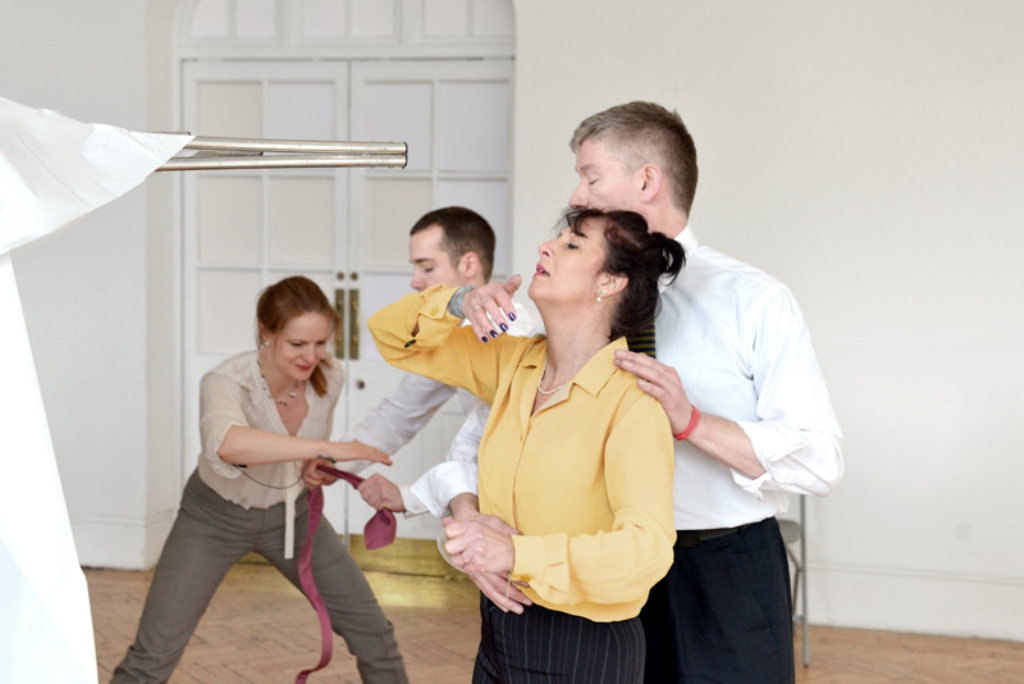
With each iteration the work changes. What was initially understood as a single movement becomes constituent parts of a choreography which results in the ensuing sound piece. It is simple, effective and well-constructed. The movements, like instrumental and vocal parts, are first introduced to the audience then later composed to form a comprehensive notation system which the audience completes in real-time. The performance becomes the manifestation of a musical score.
Lucy Beech and Edward Thomasson
Passive Aggressive 2
Camden Art Centre, London
Arkwright Road
London NW3 6DG
The performance took place on Sunday 9 February 2014 and was repeated on the hours of 2.00, 3.00, 4.00 & 5.00pm.
Performed by: Clara Andersson, Rob Crosse, Debra Leigh-Taylor and Timothy Taylor.
Photographs by Hugo Glendinning
Lucy Beech (1985, Sheffield) and Edward Thomasson (1985, Stoke-On-Trent) live and work in London. They have collaborated on performance projects since 2007. Thomasson has an exhibition at Chisenhale Gallery, London this summer and Beech will present her work at the Zabludowicz Collection, London as part of the ‘Invites’ series, this autumn.
Capucine Perrot
